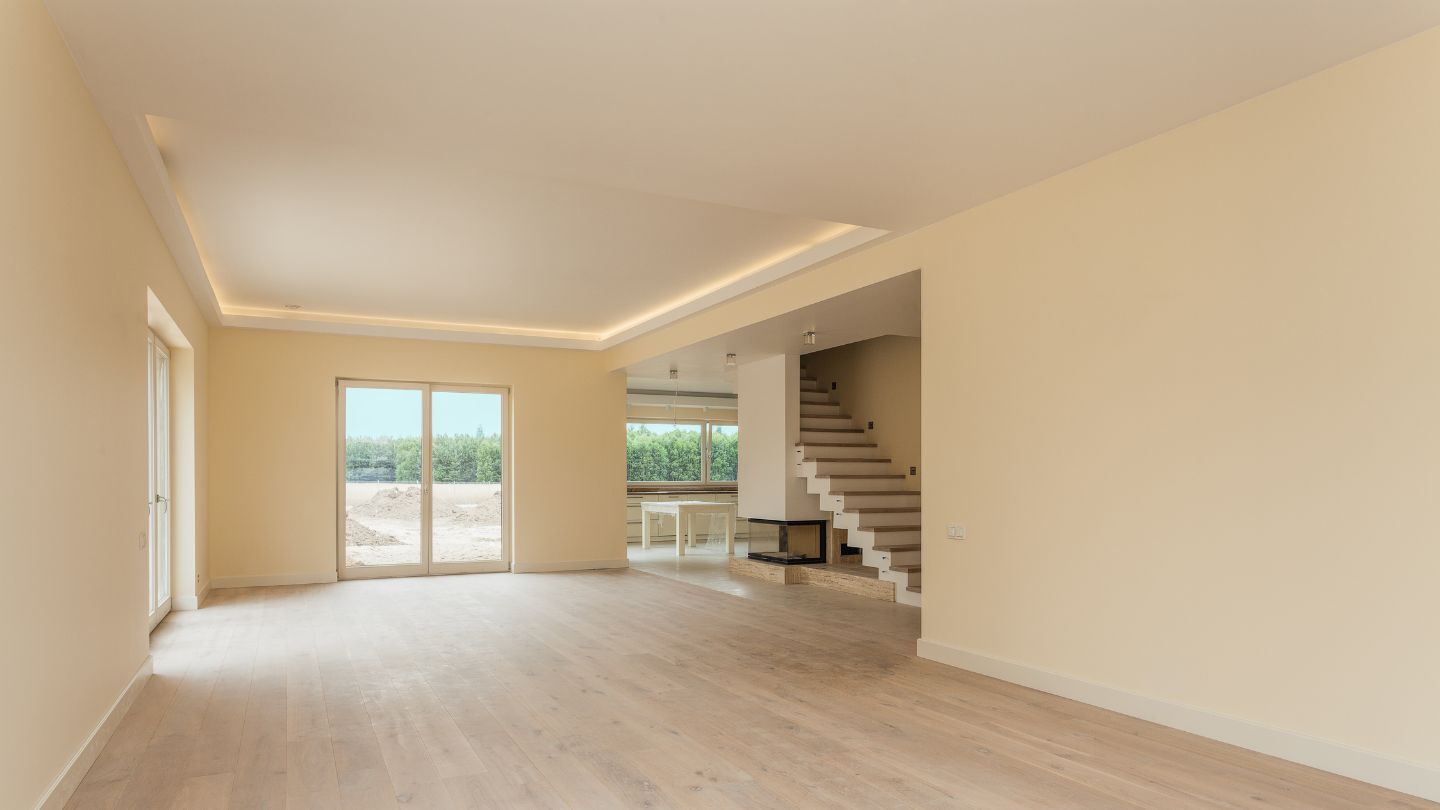Mold is a persistent challenge in the construction industry, especially in new buildings where the combination of heat, water, and organic materials creates an ideal breeding ground for this unwelcome guest. This blog outlines practical and straightforward strategies for keeping mold in new construction homes at bay.
Proactive Measures for a Mold-Free Environment
The first line of defense against mold in new construction is ensuring the building is watertight. This process, known as ‘drying in,’ involves meticulous sealing of the building’s envelope to prevent water ingress. Key actions include installing a water-resistant roof, employing watertight exterior siding, fitting watertight windows, and sealing all potential entry points around windows, doors, and other openings.
Handling Construction Materials with Care
Many construction materials, like wooden frames and subfloors, can absorb moisture during wet weather conditions. It’s crucial to allow these materials adequate time to dry out completely before proceeding with the drying-in process. Ignoring this step can lead to trapped moisture within the structure, creating a fertile ground for black mold and other fungi to thrive.
Addressing New Sources of Humidity
Even with effective drying-in, new construction can still face mold challenges from additional moisture sources introduced during the building process. For instance, renovation activities like asbestos or drywall removal often require water usage, increasing indoor humidity. In such scenarios, the use of dehumidifiers can be a game-changer, helping to maintain a dry environment that is conducive to preventing mold in new construction.
Read more: How Mold Grows in Different Humidity and Temperature Conditions
Understanding Mold Growth Dynamics
In the early stages of construction, using non-organic materials such as metal and concrete alongside fresh hardwood reduces the risk of mold growth. However, once softer, organic materials like ceiling tiles and drywall are introduced, the risk escalates. These materials provide the perfect conditions for mold to develop, sometimes in as little as 48 hours after exposure to moisture.
Thorough Pre-Installation Checks
Before installing drywall or other susceptible materials, it’s crucial to ensure everything within the building’s structure, including windows, siding, and roofing, is properly sealed. Additionally, verify that all wooden elements are fully dry to prevent potential mold growth.
Contingency Planning for Project Interruptions
Unexpected interruptions, like adverse weather or funding issues, can halt construction or renovation projects. In such cases, it’s vital to dry and seal off as much of the construction as possible. Installing dehumidifiers can help maintain a dry environment, serving as one of the ways to remove mold from new construction.
Get Expert Mold Solutions Today
Looking for a reliable mold removal service in Atlanta? Contact Mold-B-Gone today, and let our team of professionals ensure your home stays mold-free and healthy. Trust us for top-notch service and peace of mind.

